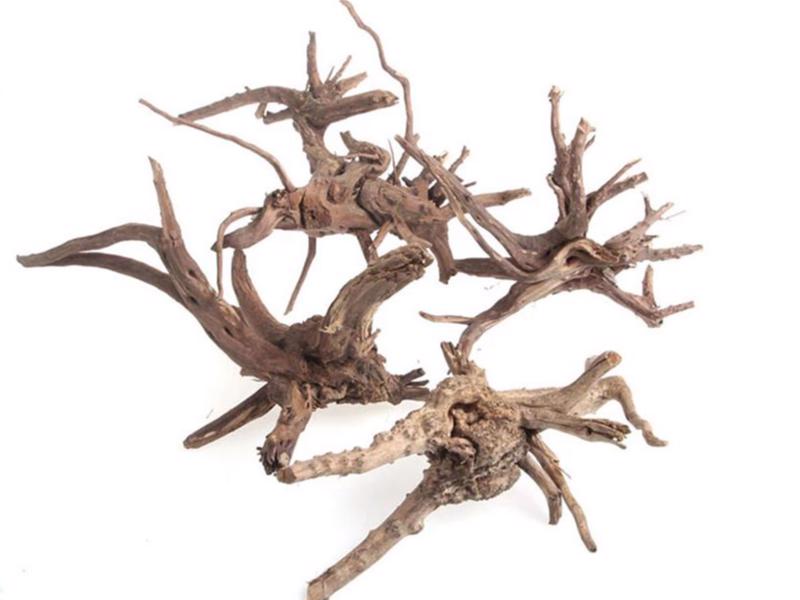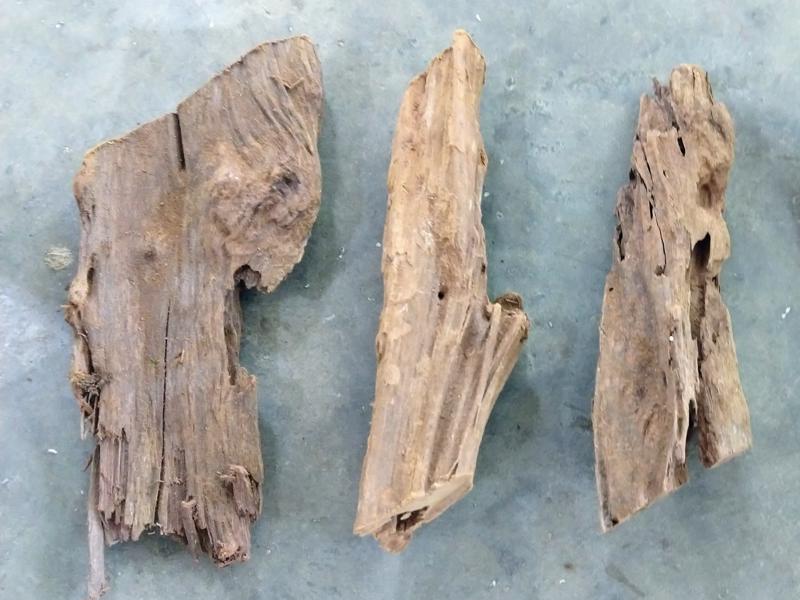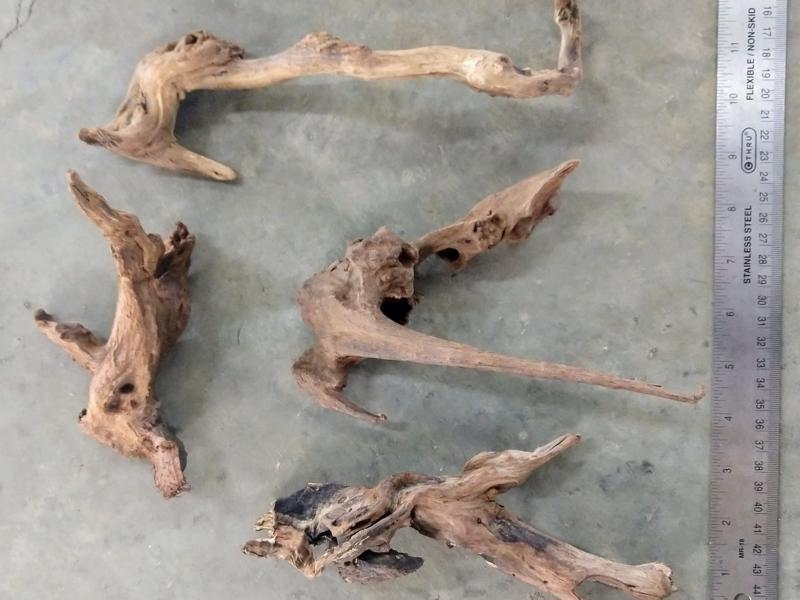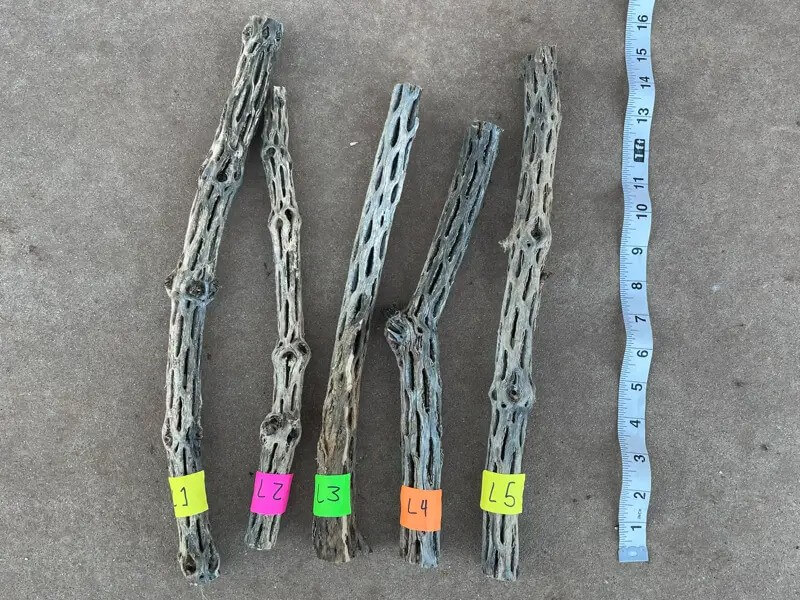8 Best Types of Aquarium Driftwood
Posted by on 01/06/2024
Natural driftwood can be a great addition to any aquarium. In fact, certain fish such as Plecos require driftwood as a part of their regular diet. Many hobbyists choose to integrate driftwood into their aquascape layouts, and in this post, we're going to recommend 8 of our favorites.
January's Giveaways on Light Fish
Tannins
Hobbyists new to keeping wood in their aquariums should be aware that freshly added wood will release Tannins. Tannins are naturally occurring chemical compounds, and while they pose no threat to your livestock, they can make an aquarium look unsightly, turning the water a brown color.
You can lessen the effect of tannins by boiling driftwood before adding it to your tank. However, if you're okay with brown-colored water for a bit, your tank will naturally begin to clear up after a few days have passed.
Our Favorites
While there are quite a few types of driftwood seen in the hobby, the following on our list should be relatively easy to acquire.
Here are some of our favorites.
Spiderwood
Named after its spider-like appearance, spiderwood is often pursued for its wild look. The narrow pieces of spiderwood make it an excellent driftwood for rhizome-based aquatic plants, such as Anubias Frazeri.
Spiderwood is lightweight and will likely need to be weighed down. If you choose not to weigh it down, it should naturally sink after a week once it's fully water-logged.

Malaysian Driftwood
Arguably the most popular aquarium driftwood, Malaysian driftwood is always in demand by hobbyists and planted tank owners. This driftwood has a dark-brown color and looks great when paired with other dark-green plants, such as flame moss or java moss.
Due to the wood's dark color, it does tend to leach more tannins into the water column, compared to some of the other types of driftwood on our list.

Pacific Driftwood
Pacific Driftwood is similar to the more common Malaysian driftwood but sports a more beige appearance rather than dark brown. Pieces of Pacific Driftwood tend to have more knots and demonstrate a "twisted" appearance. We think this type of driftwood looks great when paired with a dark-colored substrate, such as eco-complete.

Cholla Wood
If you're looking for a piece of wood with a unique look, then Cholla Wood might be the perfect choice. This wood is found after a Cholla cactus dies and dries out. The wood can be found naturally throughout the southwestern United States and northern parts of Mexico.

Chinese Shrubwood
Harvested from the Amur Honeysuckle shrub, is Chinese Shrubwood. When introduced into an aquarium, the tannins will produce a reddish/brown coloration, which looks great for hobbyists building biotopes, or other aquariums that mimic a specific location in nature.

Dragonwood
Dragonwood is named after the popular aquarium rock, Dragon Stone. When visually comparing the two, it's easy to understand why. Dragonwood tends to have lots of holes and a "craggy" look. This driftwood is dark-brown in color, and hobbyists can leverage the wood's holes to create unique aquascape designs.
Black Forest Spiderwood
Relatively new to the aquarium driftwood scene is Black Forest Spiderwood. This type of wood is nearly identical to the more commonly found Spiderwood but features a dark gray/black coloration.
Grapewood
Last on our list and perhaps the most controversial is grapewood. Native to the vineyards of California, this type of wood has a gnarled appearance, but hobbyists will need to remove all of the bark from the wood, otherwise, it will rot in an aquarium.
Hobbyists have successfully kept the wood after treating it with Polyurethane, and while this substance is deemed aquarium-safe once dried, we always recommend proceeding with caution when it comes to adding anything unnatural to your tank.
Where to Purchase
If you're looking to buy some of these pieces, be sure to visit our driftwood section to see if any are up for sale by other hobbyists. If you can't find exactly what you're looking for, we built a massive list of over 250 online aquarium stores to help you in your search.
Conclusion
That wraps up our list of 8 of our favorite types of aquarium driftwood. Let us know which one is your favorite in the comments below, and be sure to visit our marketplace, where you can buy and sell with other aquarium hobbyists.
January's Giveaways on Light Fish


